Duration: 13:42 minutes
In this interview, Interventional Cardiologist, Dr. Ian Cawich discusses how he became a believer in the Crosser™ CTO Recanalization Catheter.
He also describes how easy the system is to set up, use and reviews a case.
 Content on this site is intended for United States Healthcare Professionals Only
Content on this site is intended for United States Healthcare Professionals Only


